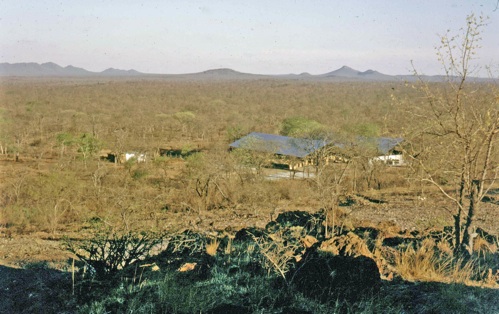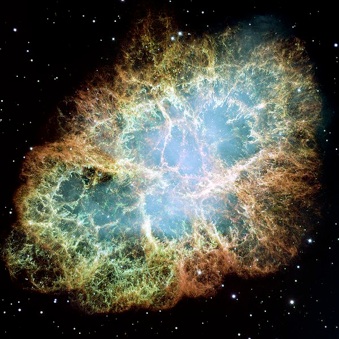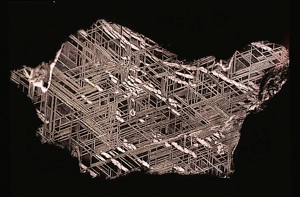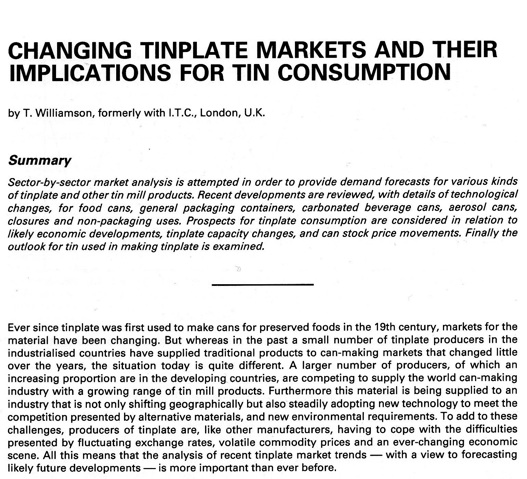Science and Metals

Atoms of heavy metals like iron, nickel, copper, tin and gold were built from lighter atoms and neutrons deep inside massive stars. When the stars later exploded as supernovaae the heavy metal atoms were injected into the mixture of largely silicate dust and gas from which the solar nebula and then the Earth subsequently formed. Large crystals of iron-nickel alloys in 'iron' meteorites tell us that the dust in the solar nebula must have aggregated into large objects that were later heated and became molten. the heavy metals sinking to form metal planetary cores.
There's evidence that the young earth melted and differentiated in a similar way. Iron and nickel, together with smaller quantities of other elements settled to form earth's core, the outer part of which remains molten today.
While the bulk of the Earth's stock of gold and many other heavy metals were carried down to the core by sinking blobs of molten iron-nickel, some heavy metals remained in the stony outer parts of the planet. Some of these metals were remobilised by fluids and deposited as ore bodies in the Earth’s crust, often forming lodes or vein networks along faults and fracture zones.
As a geologist in Africa Tom helped in the search for copper, nickel and gold, using geological and geochemical techniques. Later he specialised in tin, its mining, and its uses - in tin-coated steel known as tinplate, in solders and in chemicals. He wrote technical articles on tin and its uses and prepared techno-economic reports on global tin and tinplate consumption for governments.


M1, the Crab Nebula, in Taurus. About 6,500 light years from the Earth, it is the remnant of a supernova observed by Arab and Chinese astronomers in 1054 AD. Supernovae like this inject newly manufactured metal atoms into the interstellar medium.
Hubble Space Telescope, Courtesy NASA/ESA,


Prospecting for nickel and copper in Botswana. Atoms of iron, nickel and copper, made deep inside stars billions of years ago, now form a weathered ore body (foreground) exposed in the stony crust of one small planet.
Picture credit: Tom Williamson

Tinplate soup can.
Picture credit: Tom Williamson
Etched iron meteorite showing crystalline intergrowth of two iron-nickel alloys.
Courtesy: Smithsonian Institution
From supernovae to washing machines and tinplate cans.